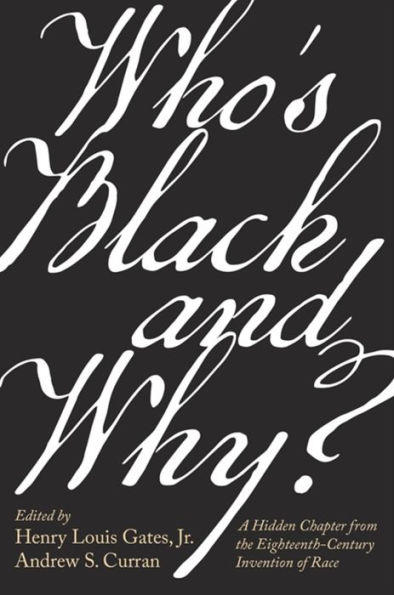Table of Contents
Preface: Who's Black and Why? ix
Note on the Translations xv
Part I Introduction: The 1741 Contest on the "Degeneration" of Black Skin and Hair 3
1 Blackness through the Power of God 44
2 Blackness through the Soul of the Father 47
3 Blackness through the Maternal Imagination 68
4 Blackness as a Moral Defect 70
5 Blackness as a Result of the Torrid Zone 82
6 Blackness as a Result of Divine Providence 89
7 Blackness as a Result of Heat and Humidity 96
8 Blackness as a Reversible Accident 99
9 Blackness as a Result of Hot Air and Darkened Blood 105
10 Blackness as a Result of a Darkened Humor 111
11 Blackness as a Result of Blood Flow 114
12 Blackness as an Extension of Optical Theory 121
13 Blackness as a Result of an Original Sickness 141
14 Blackness Degenerated 158
15 Blackness Classified 168
16 Blackness Dissected 184
Part II Introduction: The 1772 Contest on "Preserving" Negroes 193
1 A Slave Ship Surgeon on the Crossing 200
2 A Parisian Humanitarian on the Slave Trade 211
3 Louis Alphonse, Bordeaux Apothecary, on the Crossing 221
Select Chronology of the Representation of Africans and Race 231
Notes 245
Acknowledgments 291
Credits 295
Index 297



